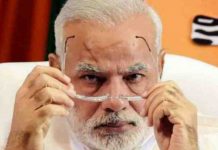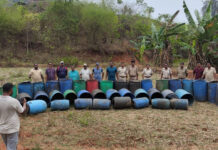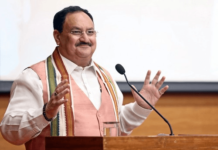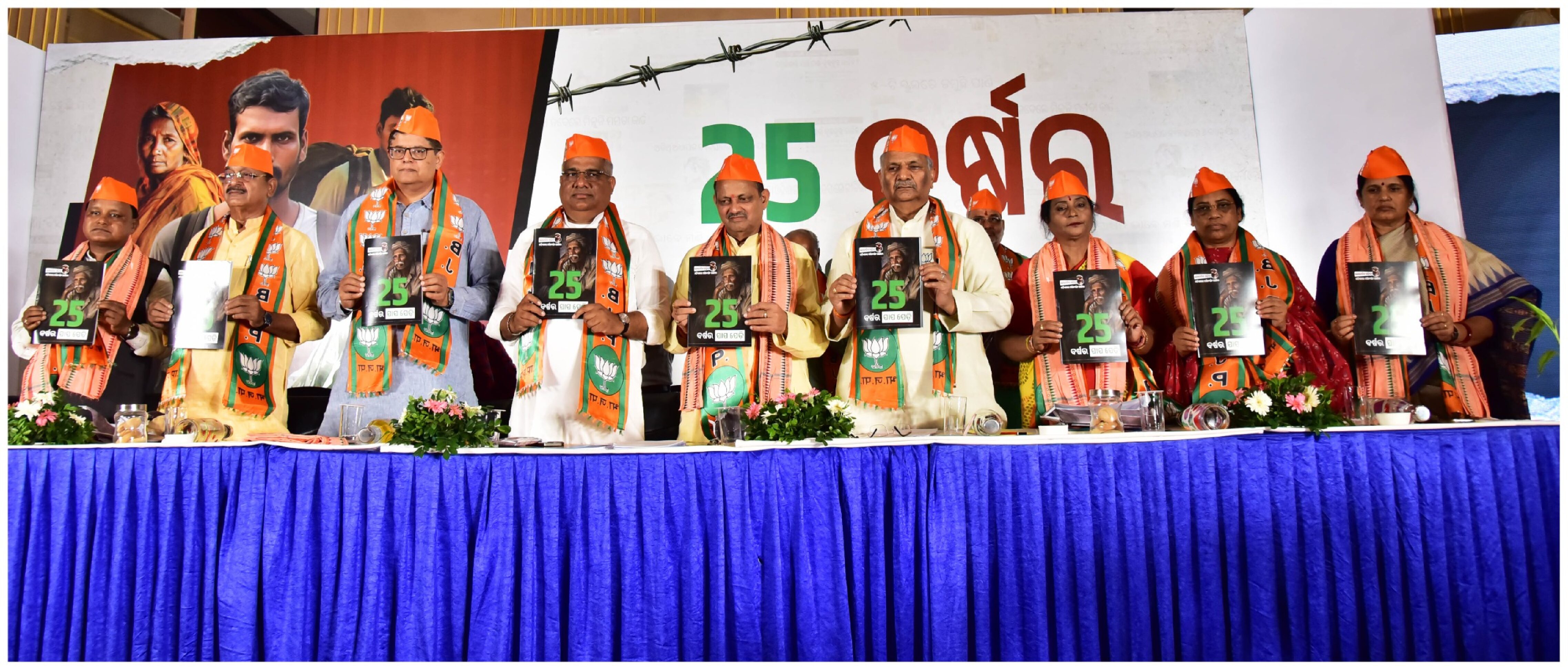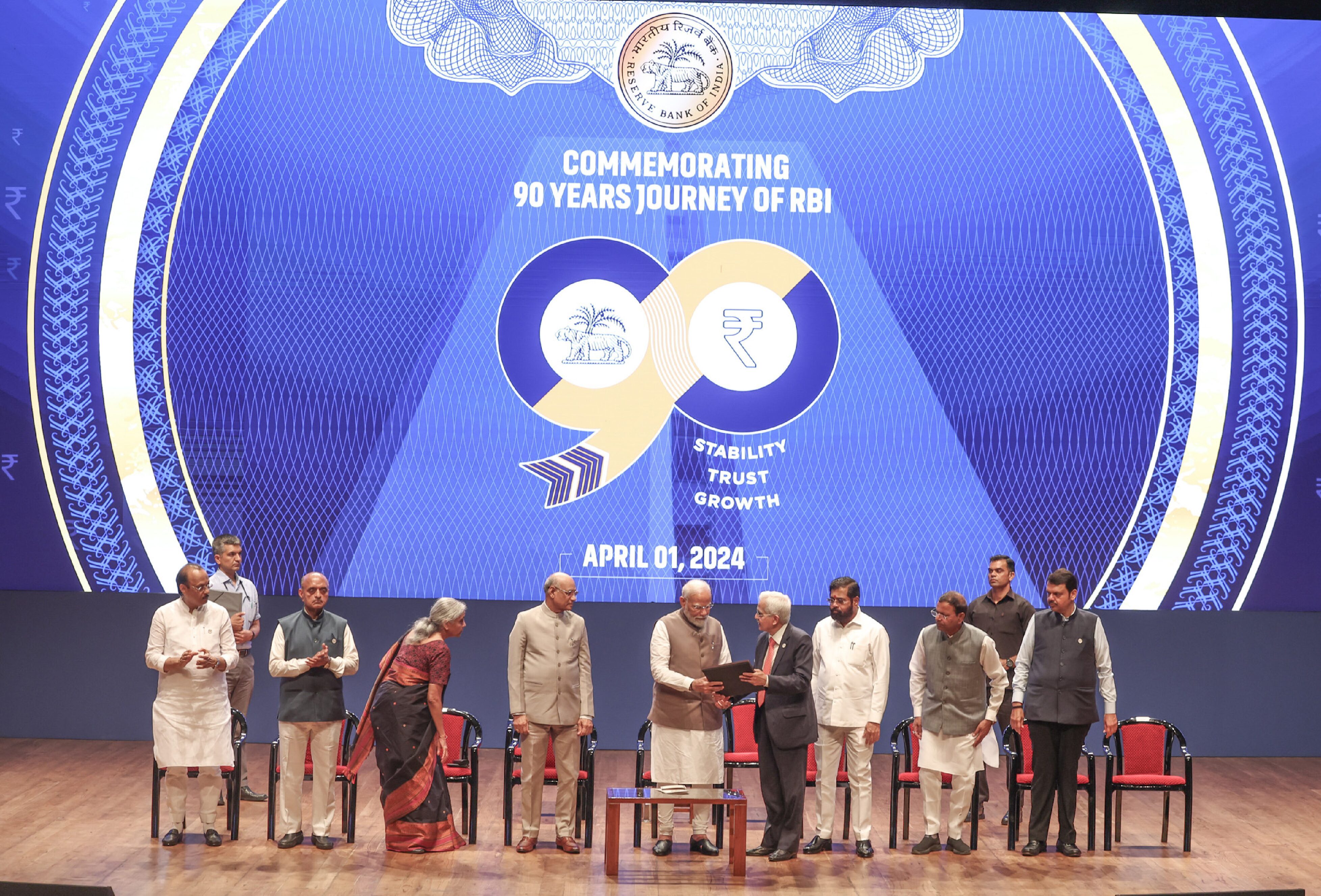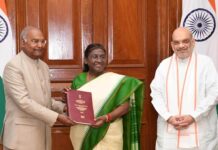Ram Janmabhoomi movement was the second longest religious battle in the world history after the Jew-Christian-Muslim dispute over Jerusalem. Also, the VHP-led Ram Janmabhoomi Mukti Andolan was the largest and longest mass movement in independent India. Moreover, the legal battle that ran parallelly for last three and half decades is considered as the longest one in the world.
“Ayodhya” literally means “place of no war”. But several generations of Hindus (native Indians) fought as many as 75 battles to reclaim the holy city, the birth place of Maryada Purushottam Sri Ram, from foreign Islamic invaders and rulers between 1528 and 1857. Prominent among them are the 4 battles fought during Babur’s reign, 10 during Humayun’s, 20 during Akbar’s and 31 during Aurangzeb’s reign.
In 1672, troops of Guru Govind Singh attacked and defeated the Mughal army at Ayodhya. As Aurangzeb was busy fighting in the Deccan, he avoided capturing Ayodhya and the city remained free from Mughal occupation for a long time. Besides, during the British regime, two mass movements were initiated by the people between 1912 and 1934 to free the site. Britishers forcibly took the possession of the Babri structure from Hindus who had recaptured the site after a pitched battle with Muslims in 1934. The crusade to free Ram Janmabhoomi has been a people’s movement right since 1528 when Babur’s commander Mir Baki destroyed the temple. Almost every generation has since fought to reclaim the Sri Ram Janmabhoomi temple and about 5 lakh Hindus have laid down their lives for the cause. The last and decisive movement that started in mid-1980s and culminated in rebuilding the temple at the same site was an expression of this collective consciousness of Hindus for five centuries. Less than 300 Muslims reside in Ayodhya and there are two dozens of mosques there whereas the number of temples in and around the city is much higher than this. However, most of the mosques have been lying unused for a long time and many of them are in dilapidated condition for want of maintenance. Interestingly, a few of them have been renovated by the Hindu saints residing there spending a part of the temple donations. Karsevaks had destroyed only the disputed structure, constructed by Babar demolishing the Ram temple, and had left all other mosques there untouched. Hashim Ansari, the main petitioner claiming ownership of the site, was a tailor by profession. In the span of 35 years of the decisive movement, never was he assaulted or even misbehaved by any Karsevak. Rather he had a very friendly relationship with the patron saints and priests of Hanuman Garhi mutt and the makeshift Ram temple. Interestingly, they were sometimes seen sharing the same rickshaw to reach the court. A few of Ansari’s lawyers were Hindus who would not charge him any fee to fight his case.
It was during the Prime Ministership of Rajiv Gandhi, then Home minister Arun Nehru had ordered opening of the locks of the temple gates, sealed by Britishers in 1934. The temple was thrown open for Hindus on 1st February 1986. It is said that it was done to juxtapose overturning of the Shah Bano case verdict to appease the Muslim clergy as well as to undercut the BJP’s raging temple campaign, but it backfired as the Sangh Parivar quickly seized the initiative. When the movement started, CPI leader Mitrasen Yadav had won from Faizabad parliamentary constituency, under which Ayodhya falls. A turncoat, Yadav later joined Bahujan Samaj Party and Samajwadi Party in different times. The Lok Sabha seat was later captured by firebrand BJP leader Vinay Katiar for three times. The seat is now held by BJP’s Lallu Singh for second stint. Many of the politicians, lawyers, historians, journalists and intellectuals, who opposed the temple movement and challenged the very notion that Sri Ram ever existed, contain “Ram” – or the names of other characters of Ramayan – in their names. Best examples are CPM leader Sitaram Yachuri, journalist Narasimhan Ram, lawyer Kapil Sibal, historians Romila Thapar and Ramchandra Guha. During the first Karseva, then UP Chief Minister Mulayam Singh Yadav had turned Ayodhya into a fort and intensely barricaded it from all sides so as to prevent Karsevaks from entering the city. VHP leader Ashok Singhal donned the camouflage of an army officer and managed to reach the site by traversing through lanes and bylanes of nearby villages on a motorcycle. However, he got head injury in the ensuing lathicharge and the efforts failed. Firebrand BJP leader Uma Bharti had her head tonsured and went into seclusion in protest. Singhal studied Engineering only to become an RSS full-timer later. The driver of the DCM Toyota used as the chariot during BJP leader L.K. Advani’s ‘Rathyatra’ was a Muslim. His name was Salim Makani. Then 53-year old, Salim covered a total distance of nearly 10,000 km. Later, he came to be known as “Ram Bhakt Salim”. His father Wali Mohammed Makani was the general secretary of Jan Sangh’s Jhopadpatti Mahasangh in 1972-73. Raj Kumar Singh, who stopped Advani’s Rathyatra and arrested him at Samastipur in 1990 under the instruction of then Bihar Chief Minister Lalu Prasad Yadav, is now a Minister of State in the Modi government and holds three portfolios at a time. He was then posted in Patna as Registrar of Cooperatives but sent on deputation to Samastipur as Additional Magistrate for this purpose empowered by a special order of the CM. The complete operation was so secret that even the then DM and SP of Samastipur were not aware of the whole plan. The massive rally that was organised by VHP at Boat Club in New Delhi demanding reconstruction of the Ayodhya temple was not only one of the biggest congregations in independent India but also the most peaceful and disciplined one. Not even a single incident of theft, quarrel, eve-teasing or any mishappening was reported whereas a large number of women were also participating in the rally. Ram Janmabhoomi movement was the second longest religious battle in the world history after the Jew-Christian-Muslim dispute over Jerusalem. Also, the VHP-led Ram Janmabhoomi Mukti Andolan was the largest and longest mass movement in independent India. Moreover, the legal battle that ran parallelly for last three and half decades is considered as the longest one in the world. One of the cases related to demolition of the disputed structure in 1992 is still pending in the Supreme Court. With the Hindus finally given the possession of the site, prominent figures like Dr Subramaniam Swamy have sought dismissal of the case as it has no meaning any more.
Incidentally, Ayodhya has also the honour of being the birth place of five Jain Tirthankars – Rishabhanatha, Ajitanatha, Abhinandananatha, Sumatinatha and Anantanatha, according to the Jain scriptures. That is why Ayodhya is one of the most sacred places for the Jain community too.
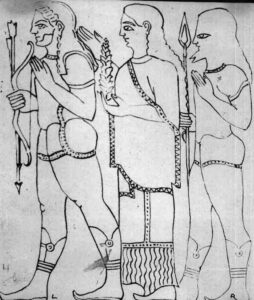
(An Etruscan (Tuscany, Italy) illustration of Sri Ram, Laxman and Sita during their exile. Numerous ancient Etruscan paintings, sketches and artefacts portraying various events of the epic prove that they were well versed with Ramayan. It is said that “Rome” is named after Sri Ram.)







